The current impasse between the Jamaican government and the Maroons’ leadership, does not seem to be anywhere near an understanding, much more a resolution. The Accompong Maroons through its leader Chief Richard Currie are contending vehemently, firstly that they are indigenous people and secondly, that they are a “sovereign” nation. These overriding issues are complex and cannot be addressed in one article, or does it involve a “one stroke” approach to resolution. The attempt here is to bring some clarity from a historical, cultural and socio-political basis, and thereby help to add some scholarship to the narrative. In so doing, it is critical to begin the discussion by defining that of which we speak, which will form the basis for the discussion. In that regard, the two most critical definitions are one, who are “indigenous people” and two, what constitutes a “Nation.”
Who Are Indigenous People?
Because indigenous peoples are a diverse group globally with different customs, practices and culture, there is no “carved-in-stone” or official United Nations (UN) definition; however, there are specific characteristics that describe indigenous peoples globally. Such characteristics are in part self-identification as indigenous people at the individual level and accepted by their community; historical continuity with pre-colonial and/or pre-settler societies; strong link to territories and surrounding natural resources; distinct language, culture, and beliefs, among others. Further, it is understood that complimentary to the specific characteristics mentioned, there is a grammatical/sociological definition, that is generally and legally accepted even by the UN. Therefore, indigenous people are “defined” as: “relating to or being a people who are the original (emphasis mine), earliest known inhabitants of a region, or are their descendants.”
When Christopher Columbus arrived on the shores of Jamaica in 1494, he was met by the Taino (Arawak) people, the existing, original inhabitants of the Island. The first captured and enslaved Africans were brought to Jamaica in 1513 by the Spaniards; by the early 1600’s most of the Tainos were killed by the Spaniards, or died from plagues or overwork. The Jesuit, Father Bartolome de Las Casas, has extensively written in his book “The Destruction of The Indies” about the genocidal atrocities carried out by Columbus and the Spaniards throughout the Americas; the island of Jamaica included. When the British captured the Island in 1655 the freed previously enslaved Africans, fled to the mountains to escape slavery, and thus became the “Maroons.”
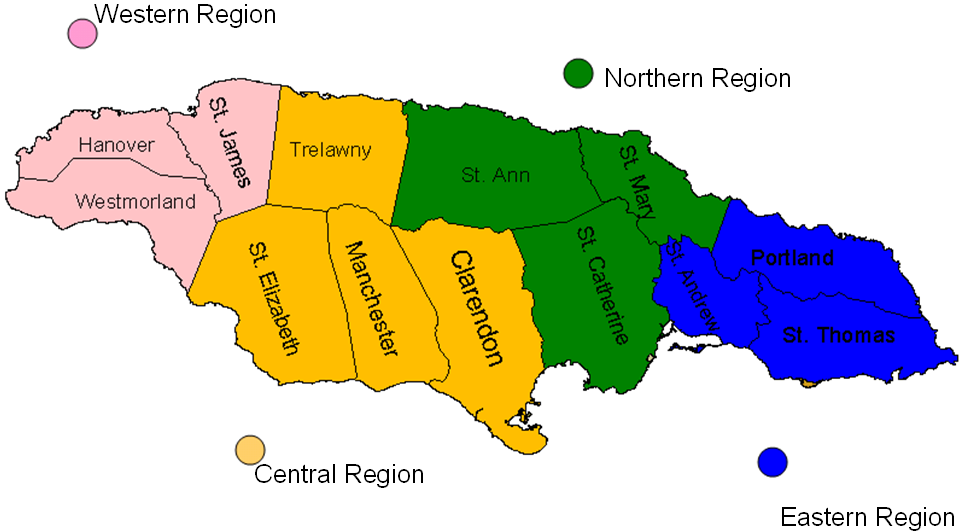
Map of Jamaica with Parishes
It should be noted that the term “Maroon” was not initially complimentary, it is a derivative of the Spanish word “cimarron” meaning wild, fugitive, gone wild and was referring to domestic animals that had escaped and “gone wild.” The term was subsequently derogatorily used by the British to describe enslaved Africans, who escaped slavery and fled to the mountains. Historian Mavis C. Campbell, has done exhaustive research and publication on the issue; interested parties can read “The Maroons of Jamaica, 1655-1796: A History of Resistance, Collaboration, and Betrayal” Trenton, NJ: Africa World Press, 1990. The present-day Maroons are descendants of a group of people who have had a mixed history of resistance and non-capitulation to re-enslavement. They waged this struggle for 83 years, finally resulting in the peace treaty of 1739, and subsequent land grants in 1740 and 1741.
The recorded history of both Jamaica generally and the “Maroons” particularly, illustrates that although the Maroons were assumed early settlers to the region that they now mainly occupy, does not qualify and is far from being characterized or justified as indigenous; it is historically and categorically incorrect.
What is a Nation?
Let us look at defining and understanding what constitutes a “Nation” a relatively complex and involved concept, but can be summed up this way. A nation is formed historically from a stable community of people. This community is based on a common language, common territory, common economic life and importantly, a common psychological make-up. This psychological make-up is not as an individual but as a collective, with certain main characteristics expressed in a common culture. These qualifications cannot be separated or singled out to define a nation; all the characteristics must be present to define a Nation.
The Jamaican nation was formed from various ethnic groups: Africans, Chinese, Caucasian Jews, Indians and Syrians. None of these groups by themselves constitute a nation, but parts of the whole of what is generally known as the Jamaican nation. The various groups have different languages spoken among themselves historically; however, the stability and integrity of the country is not affected by the various languages. The official governmental language of Jamaica is English, regardless of what language may be spoken among the individual groups in their interaction. The nation of Jamaica is occupied by one common territory, from Morant Point in the east to Negril Point in the west and from Portland Point in the south to Runaway Bay in the north, all 4,244 square miles (10,991 sq. kilometers) of it.
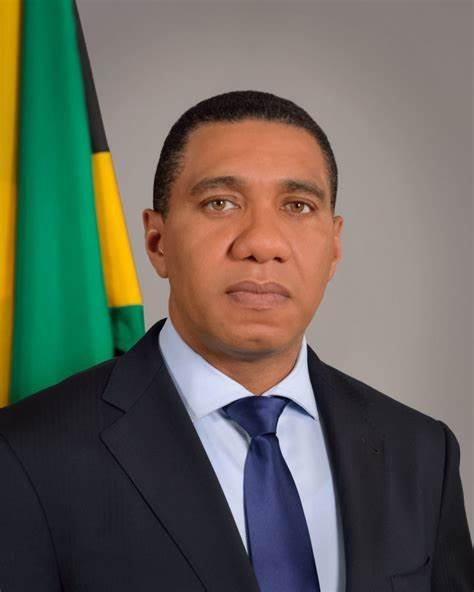
Andrew Holness, Prime Minister of Jamaica - Photo: opm.gov.jm
This common territory which has various Parishes are bound together by a common economic life. Of course various regions produce various natural or manufactured products, but the production is not disjointed or disorganized, but carefully cohesive to build the economic life and foster the development of the nation as a whole. Psychological make-up is something that cannot be quantified and for the most part is intangible; however, there are distinctive customs and practices that are common throughout the nation and more often than not, expresses itself as the “national culture.”
The Maroons and The Rest of Jamaica in Context
The Maroons like the majority of Jamaicans, are descendants of enslaved Africans captured and brought to the island, to provide unpaid labor for a colonial empire. This unpaid labor provided the colonialists with enormous wealth and provided the basis for the accumulation of capital, which fueled and set the material impetus for the industrial revolution. As mentioned previously, the Maroons’ struggle with the British was to keep the former from returning to slavery and they waged a gallant and successful struggle in general. However, it should be known that at times the Maroons sided with both the Spanish and the British when it served their interests. They returned escaped slaves to the owners, accepted bribes in land and the promise of freedom for surrendering militants, and the most treacherous was the ambush and massacre of Juan de Bolas, a leader of one of the Maroon communities, along with his people. Appalling as it was, it was a strategic collaboration based on reactionary and opportunistic self-interests. As far as I am aware, this fact has never been acknowledged by any of the Maroon leadership, much more to offer an apology.
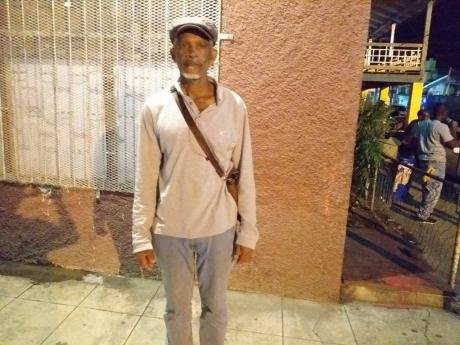
Wallace Sterling, Colonel of Moor Town, Portland, Maroons - Photo: The Gleaner
There are two sides to the Maroons’ voluntary “exclusivity.” On the one hand, it is misguided and a misunderstanding of the historical context within which they established their communities, including receiving land grants. On the other hand, it is a sort of quasi historic “cultural preservation” strategy. Escaped slaves were scattered all over the island. As the British rule increased and more slaves escaped to the mountainous regions, more slaves became concentrated in specific areas. The land grants initially were offered as a means of bribery along with freedom for the militant slaves to surrender to the British and as we know they refused. The Maroon communities became more established and entrenched from the end of the Maroon Wars to the present.
It is important to note that the Maroons’ wars with the Spanish and then the British was based on a resistance to re-enslavement as individuals and developed into a collective struggle; they were not anti-colonialist wars for national independence. These wars had nothing to do with destroying colonialism and setting up an independent nation. As long as the colonizers left them alone without incursions or the threat of enslavement, the Maroons were ok with that. Their defeat of and Treaty with the British are grounded in that fact. During Jamaica’s national debate and struggle for independence, the Maroons as a collective were never actively and visibly involved; they erroneously saw themselves as already independent and separate from the wider Jamaican society. The weakness of this thinking is that it adds to the division and polarization of the working class and blunts the edge of the class struggle, for liberation and the destruction of capitalism in all its forms.
The presumed historic-cultural preservation may seem to some in the Maroon community, to have some merit from their point of view. As a collective the Maroons cherish, respect, and obsessively guard their history and cultural practices, and rightly so. Deducing from their actions over the years, it is clear that the Maroons’ claim to “exclusivity” is divisive and ill-conceived and is assumedly to reduce or prevent “contamination” of their culture or socio-psychological make- up. This is a kind of “insulation” from the social pathology that plagues the wider Jamaican society: Predatory crime, cultural abandonment such as skin bleaching, ignoring traditional African values and customs, absence of teaching serious African history in schools, and the glorification of European history and culture, among others. It could be argued that the Maroons wanted to maintain and preserve historical and cultural continuity, critical to social stability and developing and preserving the self-determination of a nation. But their argument is not for this to be nationwide but communal which is a narrow nationalistic outlook.
On the other side of that, the majority of Jamaicans in the wider society do not see themselves as an African people with a glorious history of achievements and contributions to human civilization. They have deliberately “distanced” themselves from things African and have enthusiastically embraced thought processes, culture, and customs alien and injurious to their socio-political, cultural, and psychological well-being. Our holocaust of capture and enslavement, and even after achieving “independence,” the colonization of the mind is still pervasive in the wider Jamaican society: the structure of the educational system, the judiciary wearing blonde wigs and an apparent reluctance to move away from the Privy Council, debate over wearing natural hair styles, the vacillatory narrative to become a republic or remain with the monarchy; all these are some of the social pathology that is pervasive in the wider Jamaican social and cultural psyche.
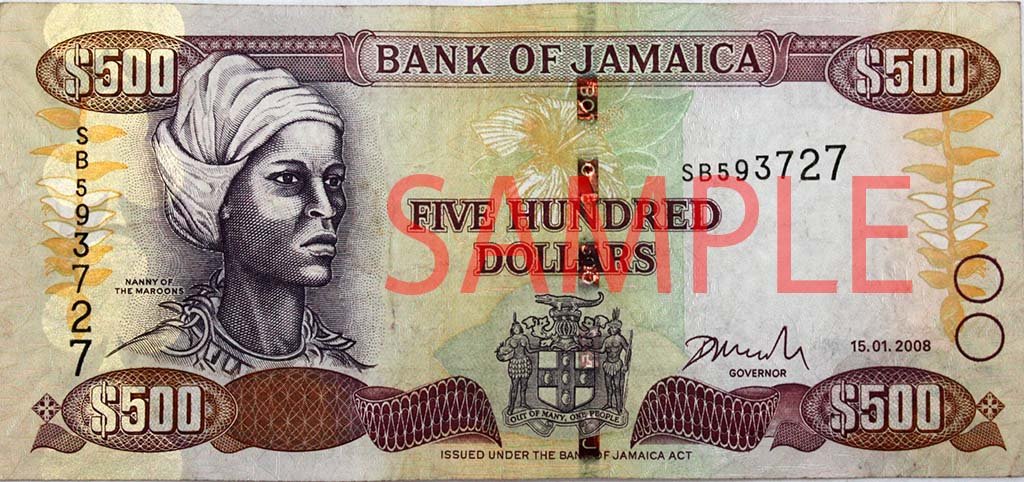
Queen Nanny of the Windward side Maroons and one of Jamaica’s National Heroes
What is To Be Done
There is gross misunderstanding on both sides, partly to blame on a continued colonial education system, and intellectual laziness. There is no substitute for personal research and study of one’s social history. Approaching the issue with ignorance, arrogance and belligerence, does not lend itself to a meaningful resolution of the problem. Any dialogue pursued must begin from a point of understanding the issues and their historical context, mutual respect, and the willingness to concede to empirically proven opposition to long-held point-of-views. Misguided as they are collectively, the Maroons are an African people, just like the majority of Jamaicans, who all share a common heritage, history, and psychological make-up.
There is no legal or constitutional basis for the “sovereignty” claims so obsessively held by the Maroons. To hold this view is impractical within the context of the Jamaican situation; the sooner the Maroons realize these objective facts, the sooner a sensible resolution will be reached. The Maroons need to immerse themselves in the working-class struggle for national liberation against imperialist exploitation, including the economic strangle-hold on the country by the multi-nationals, and pursue a path for national self-determination. For once the Maroons have an opportunity of becoming one and whole with the rest of the nation in becoming involved in the struggle for peace, working-class democracy, and progressive social transformation, instead of the narrow, divisive, self-interest path they have historically pursued.
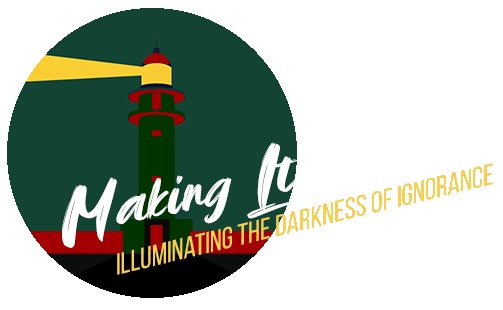
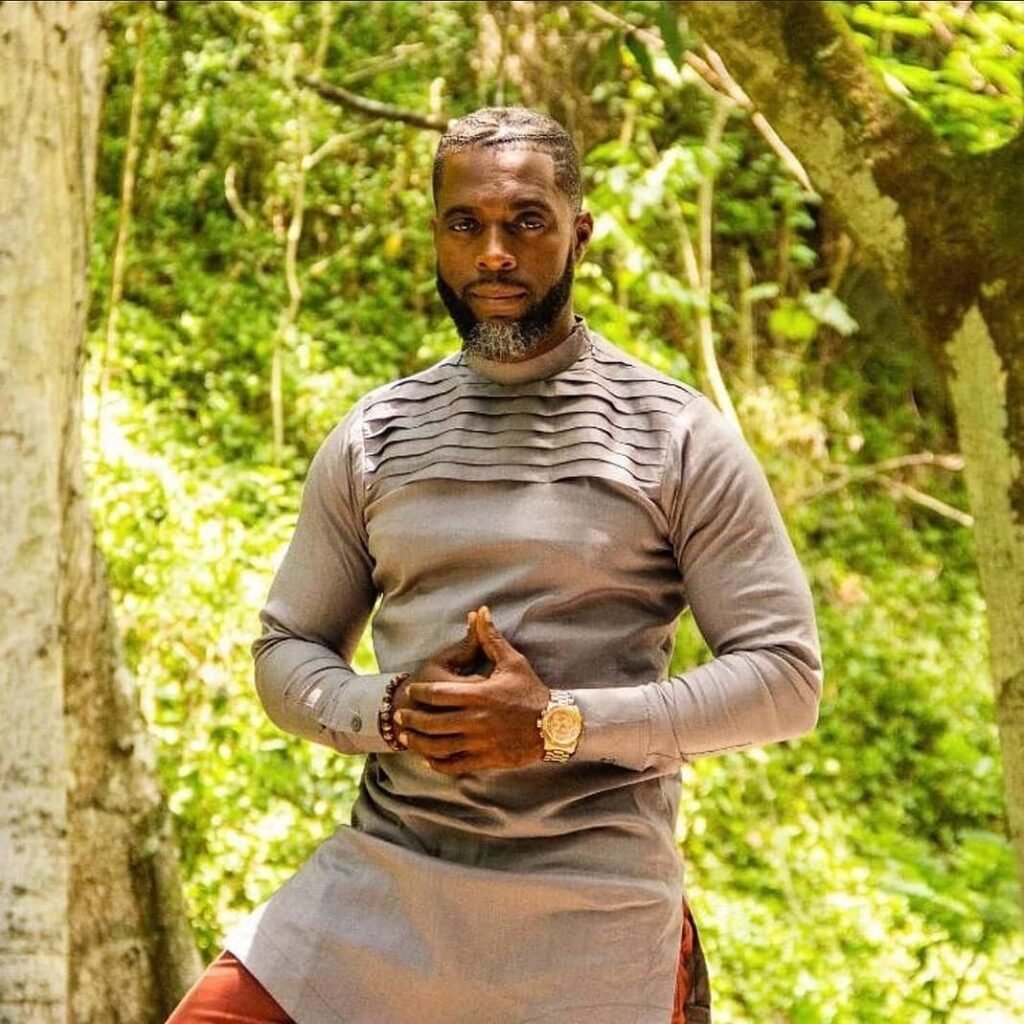

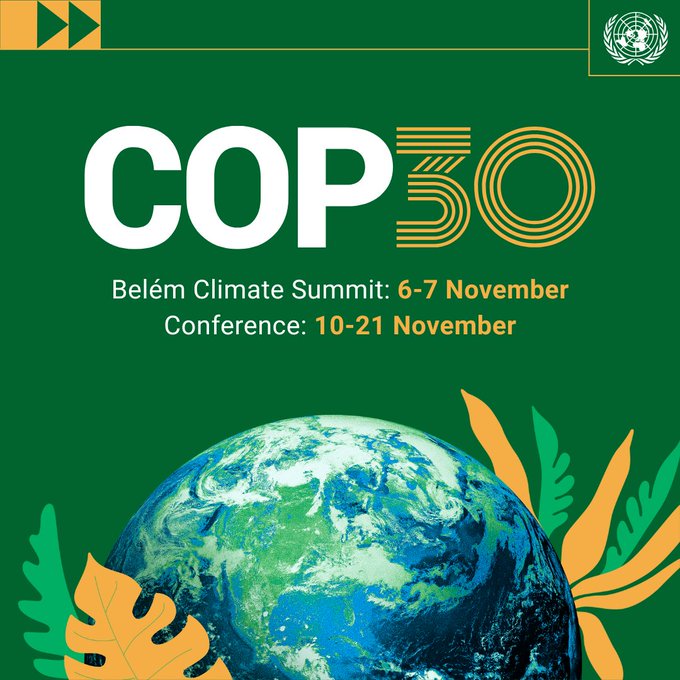

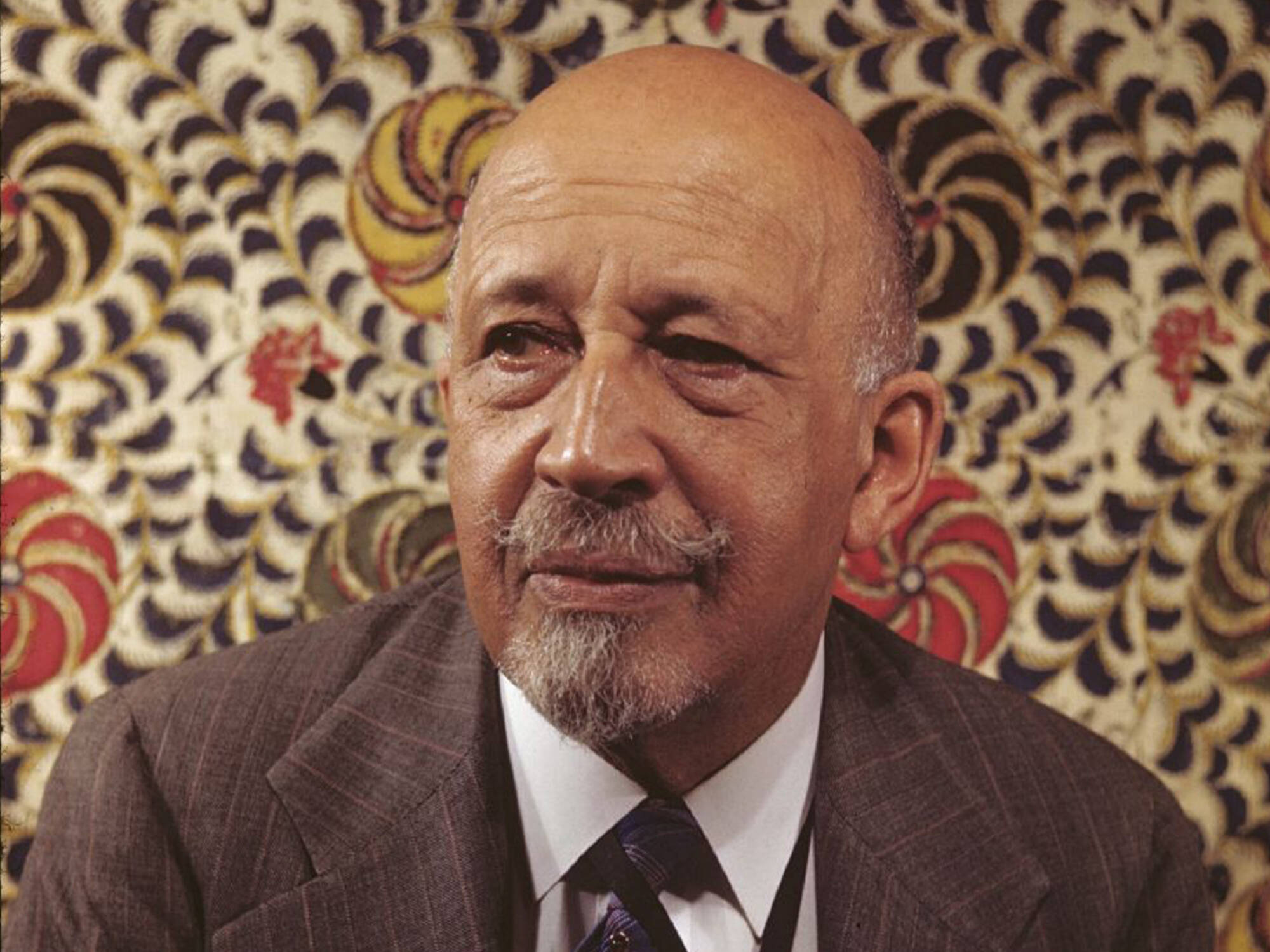

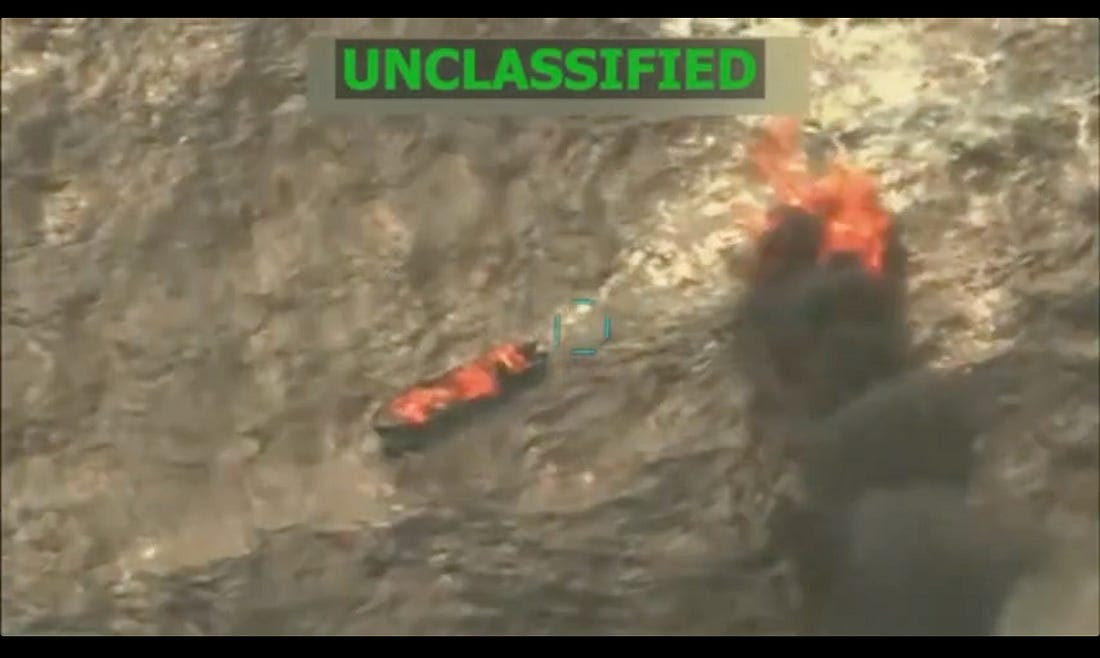
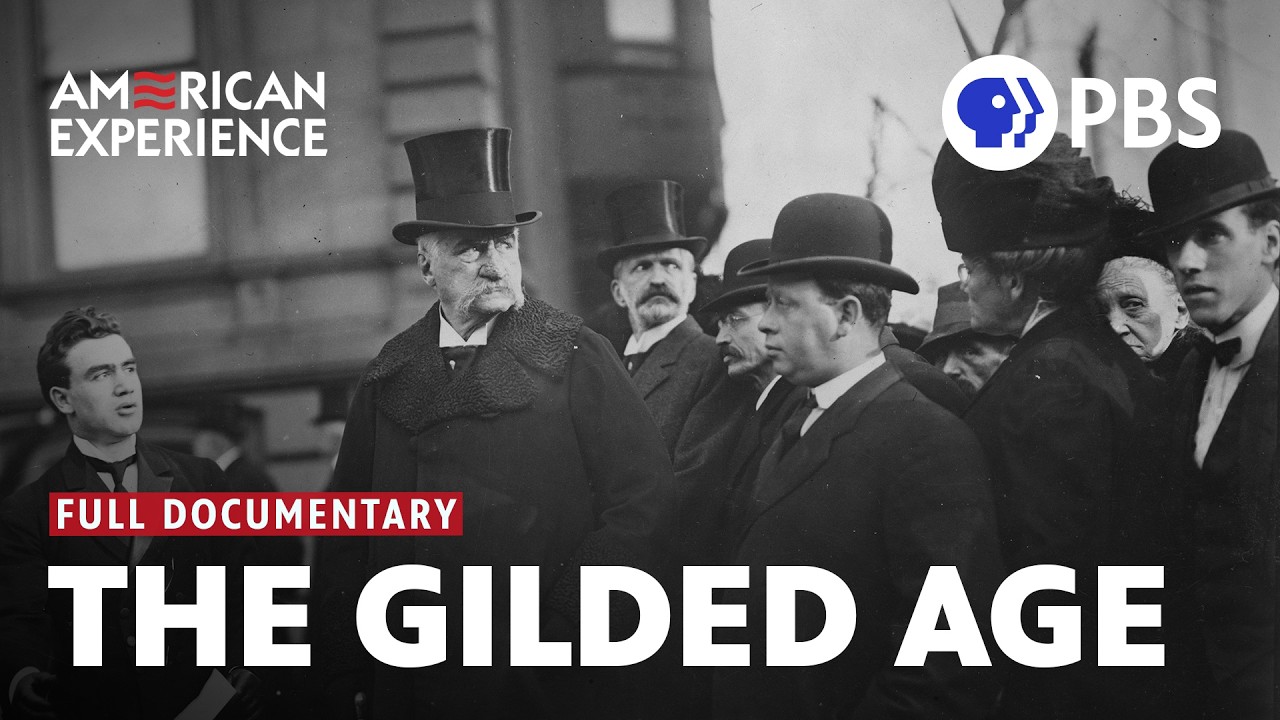
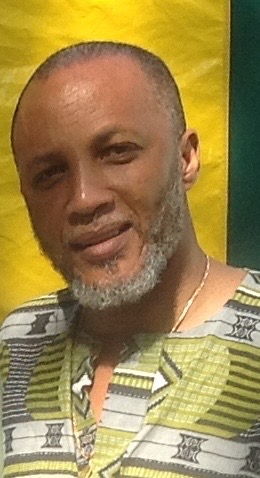
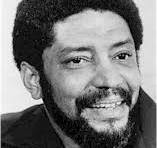

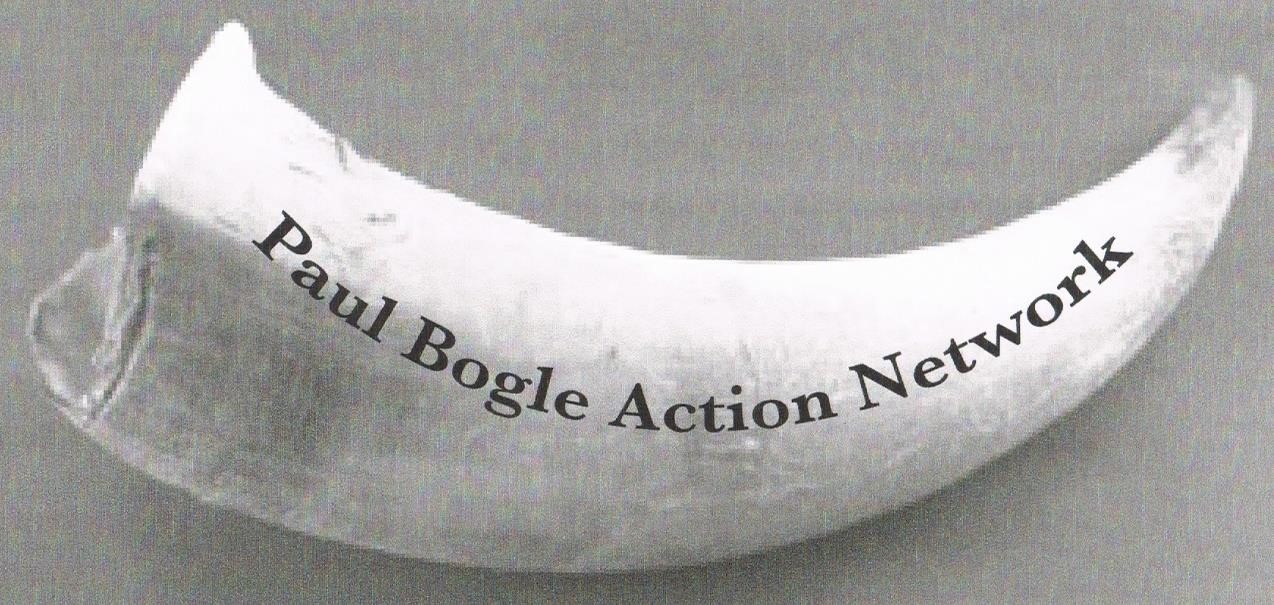
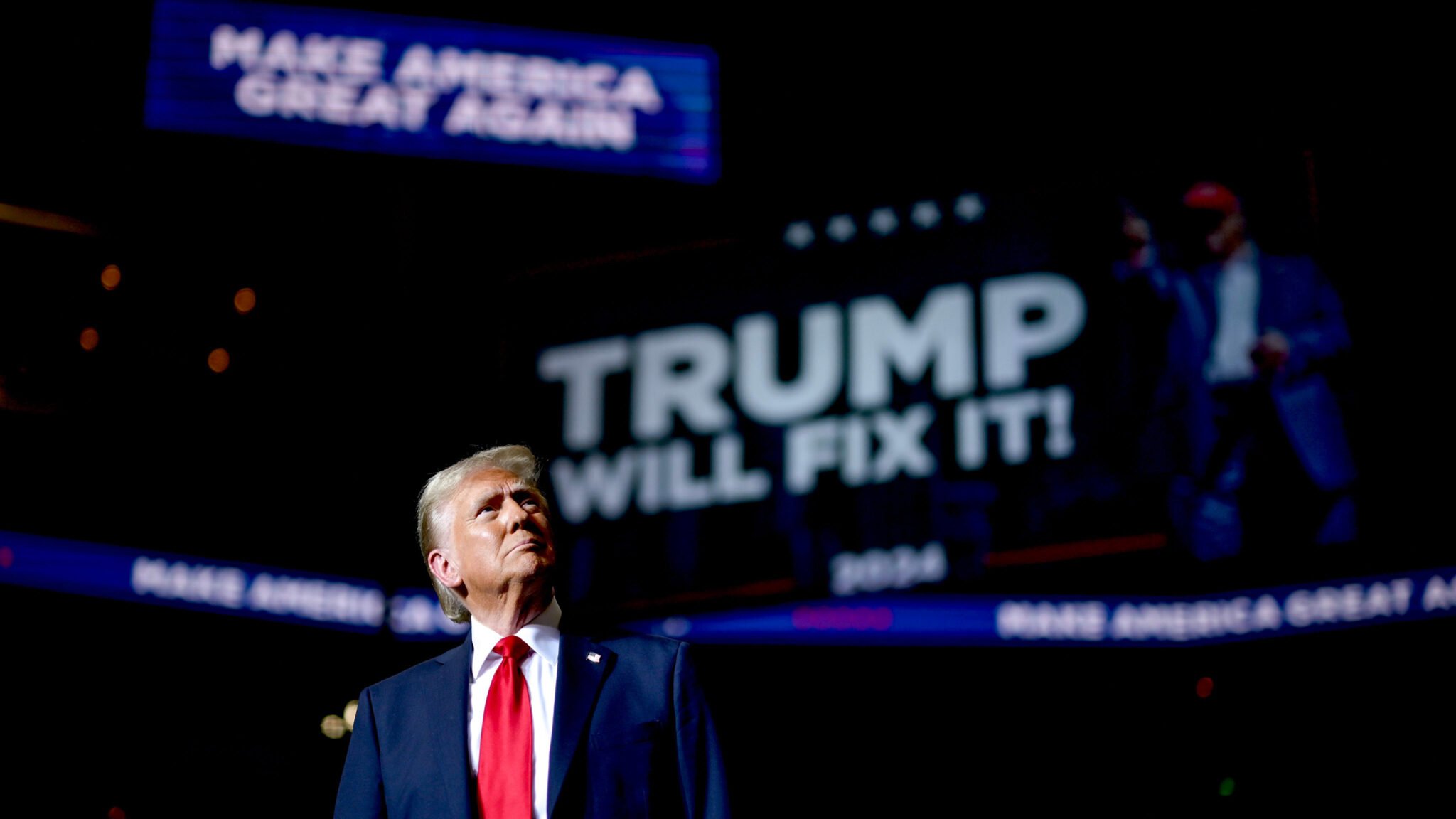
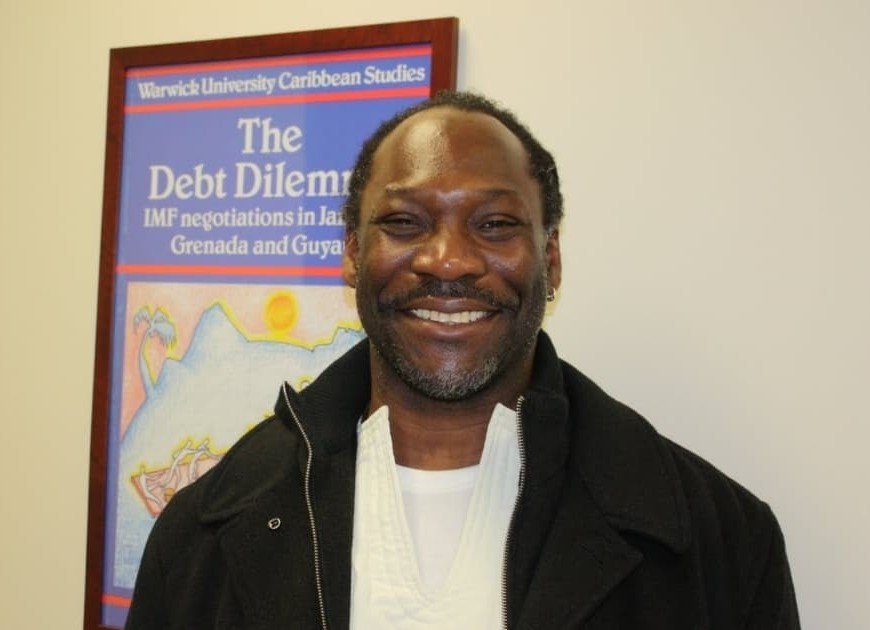
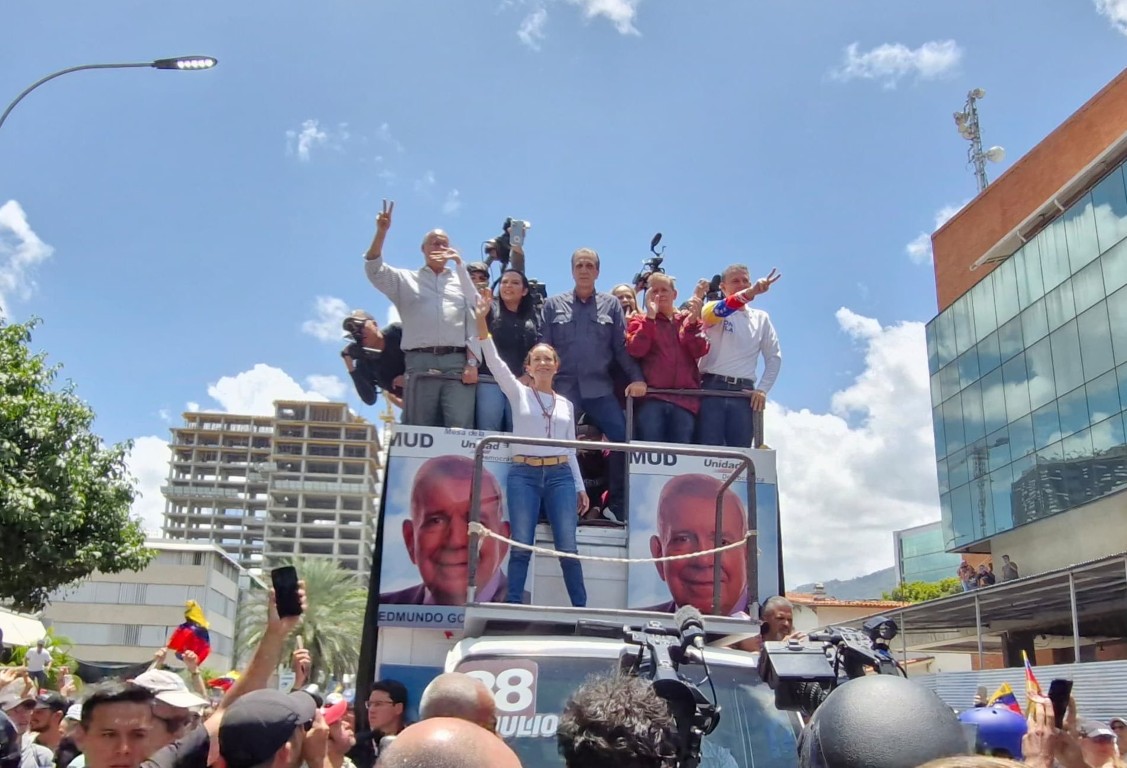
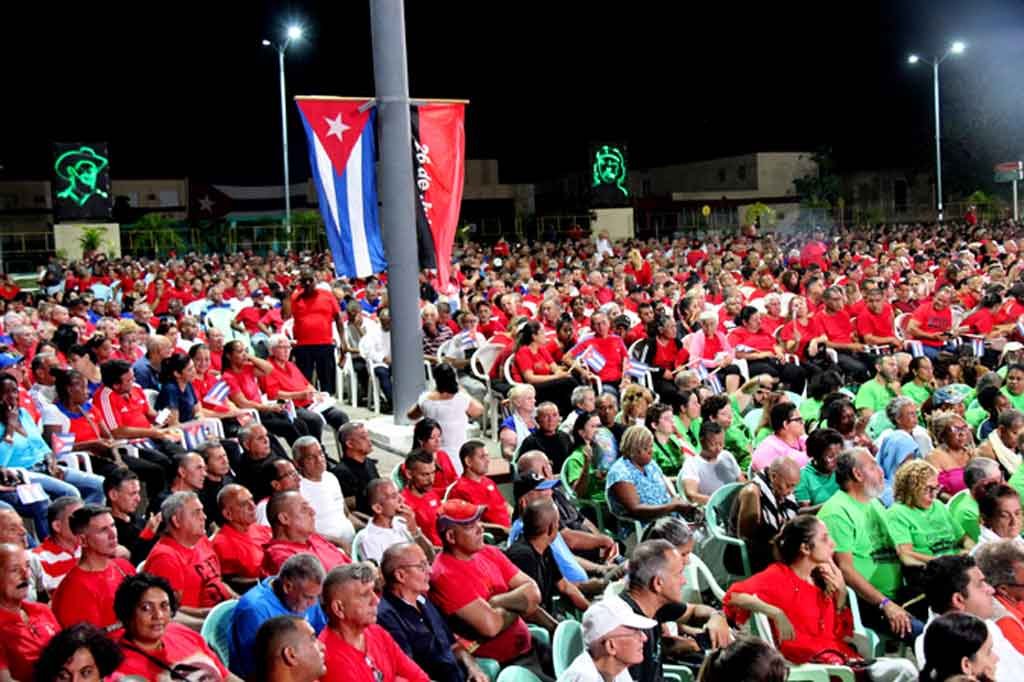
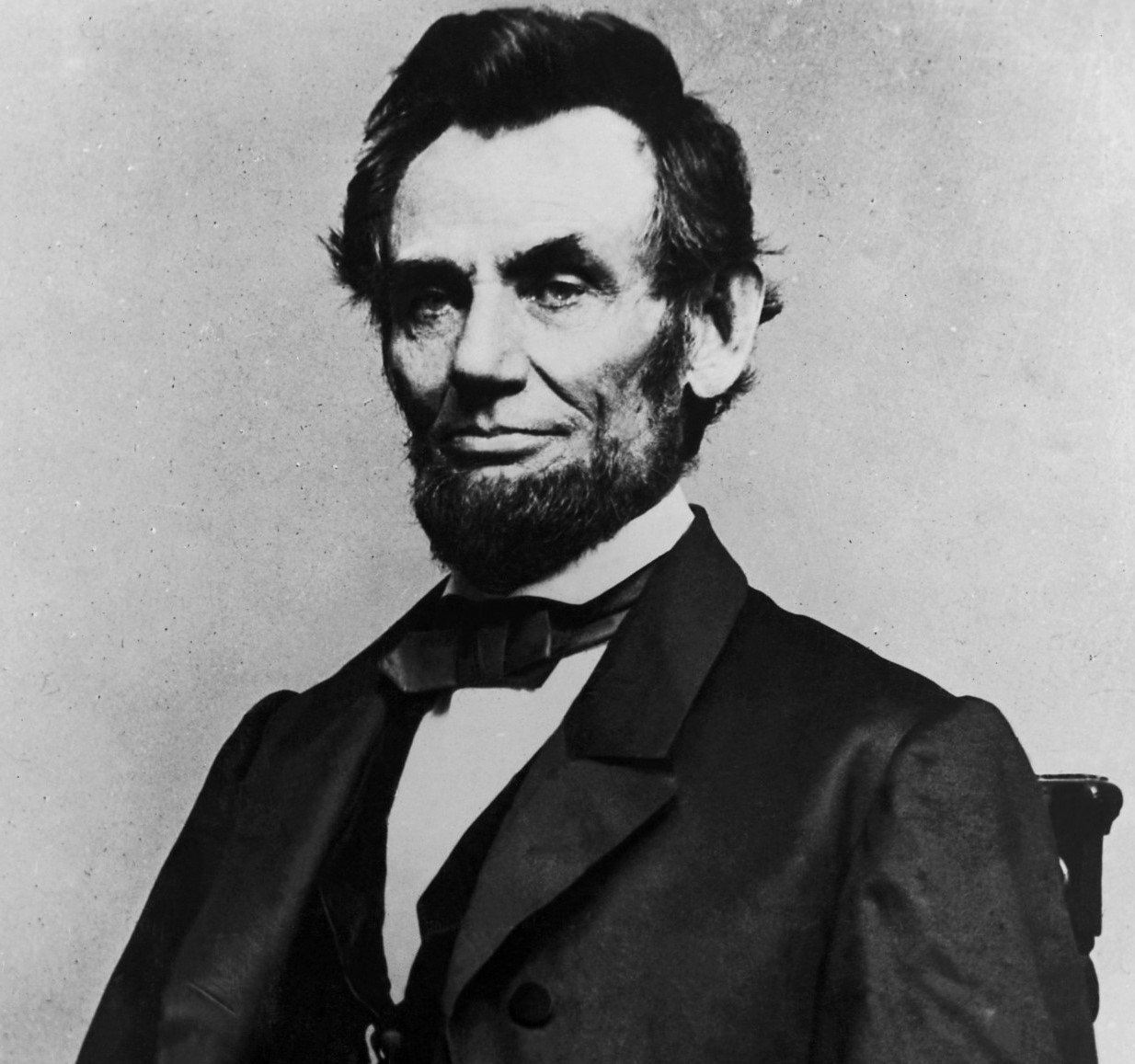
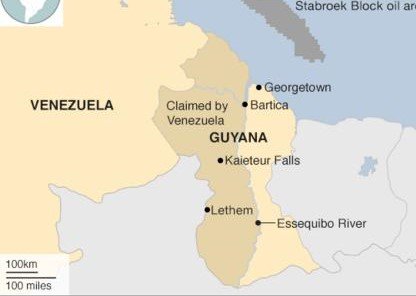
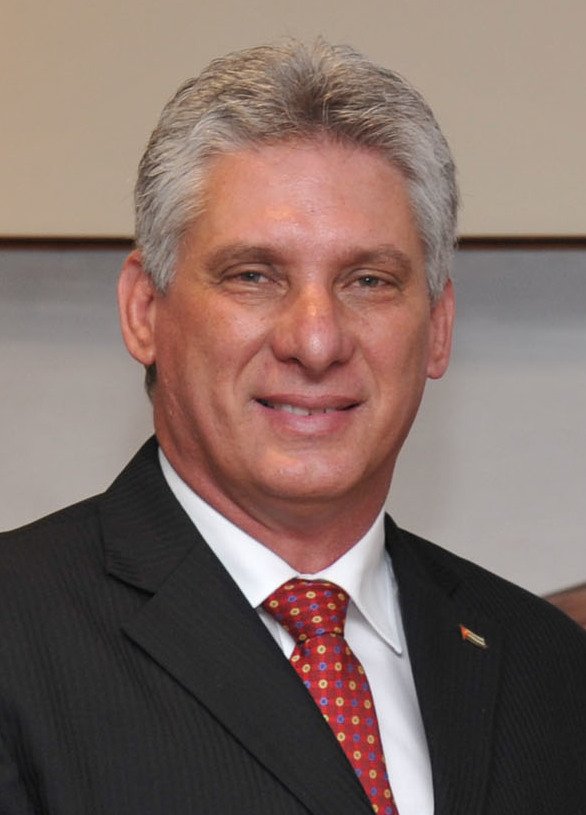

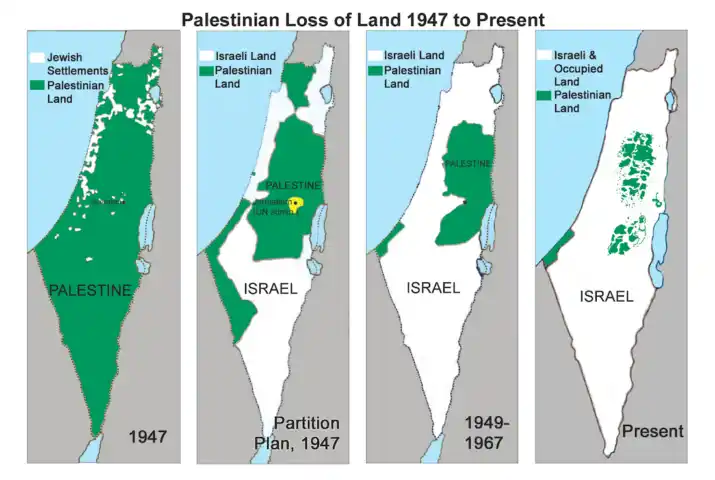
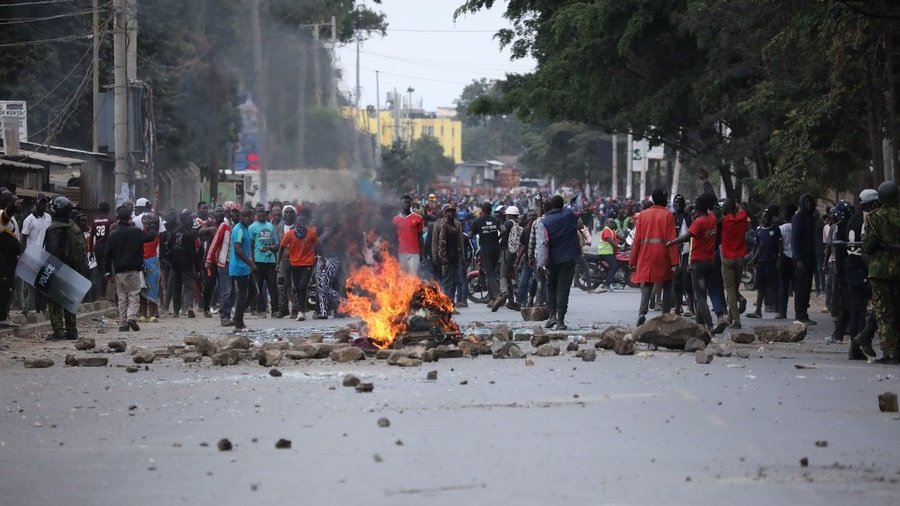
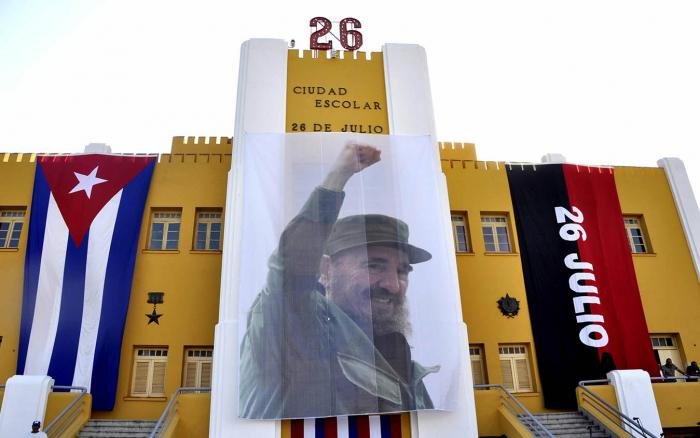
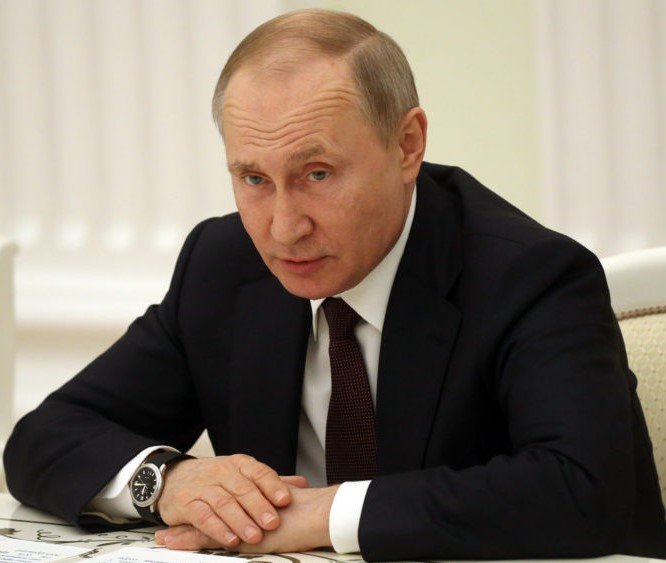
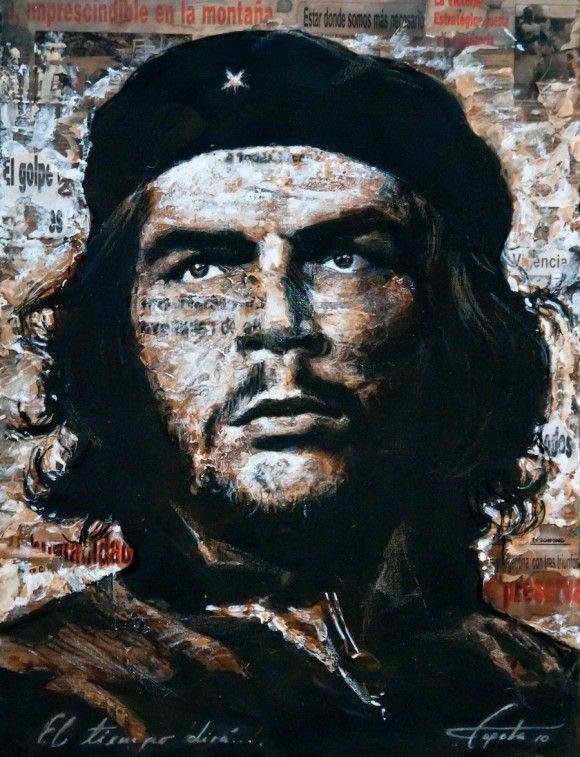
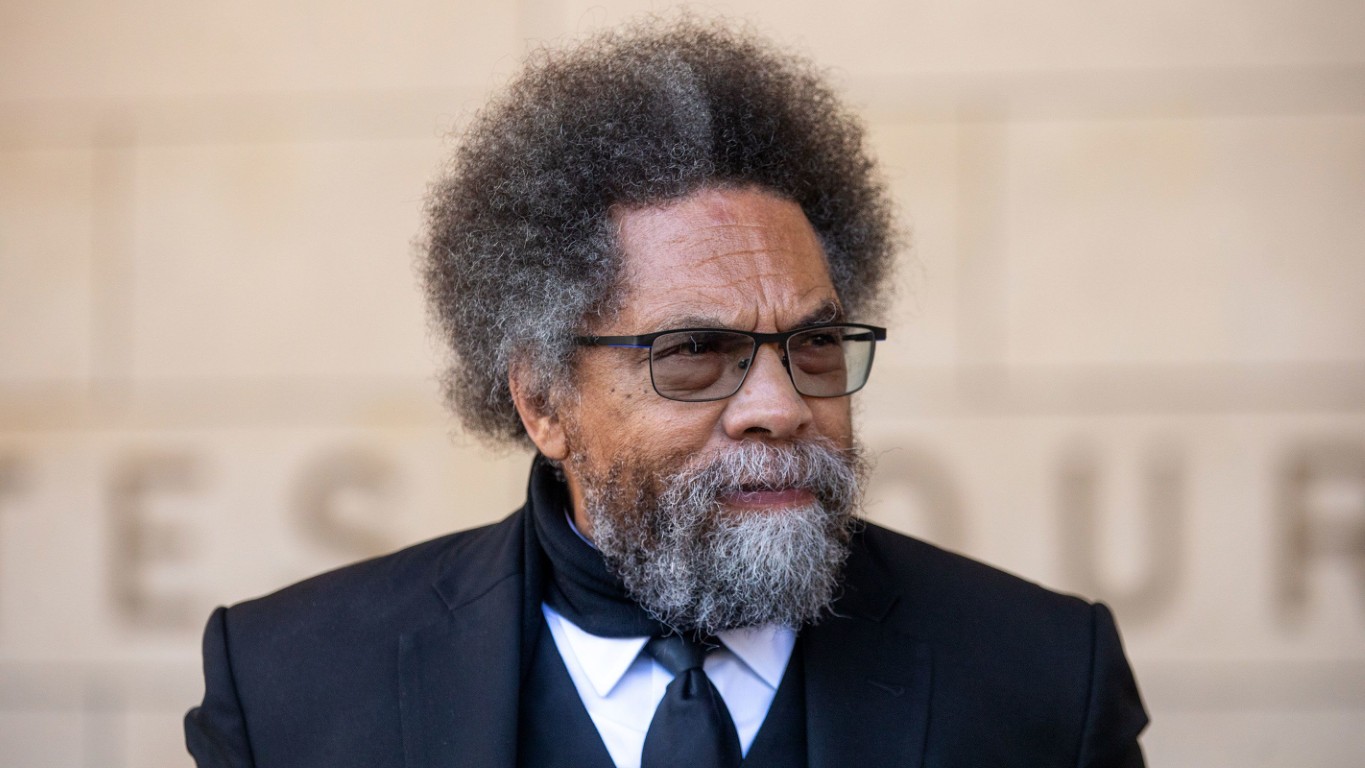
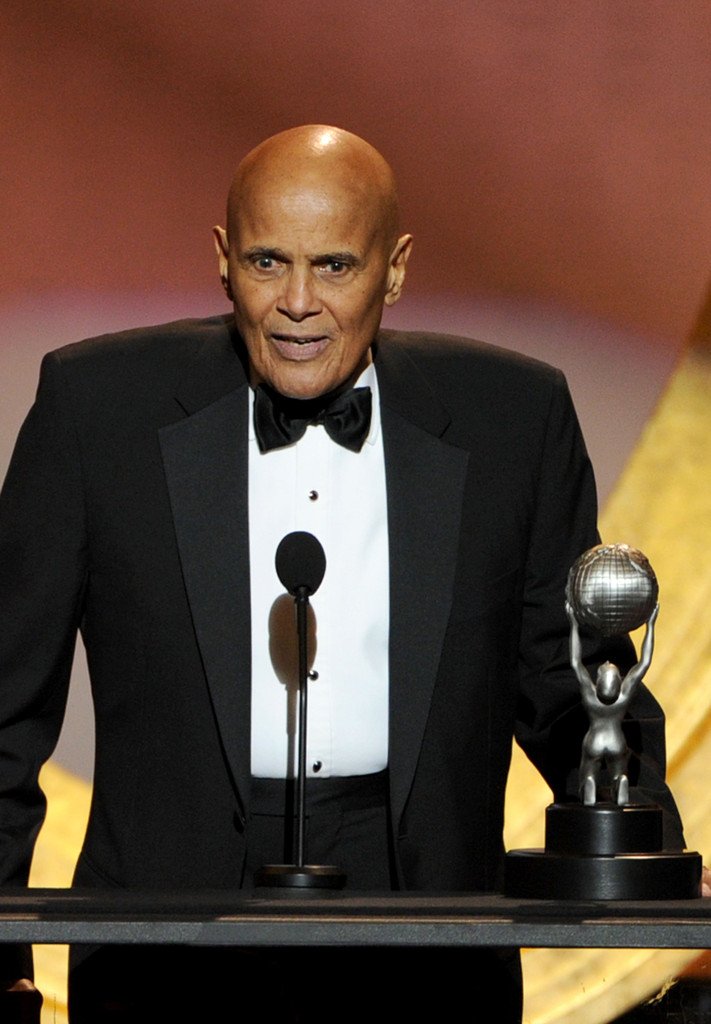
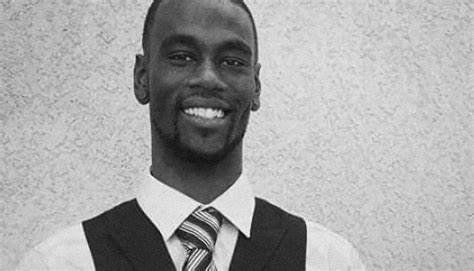
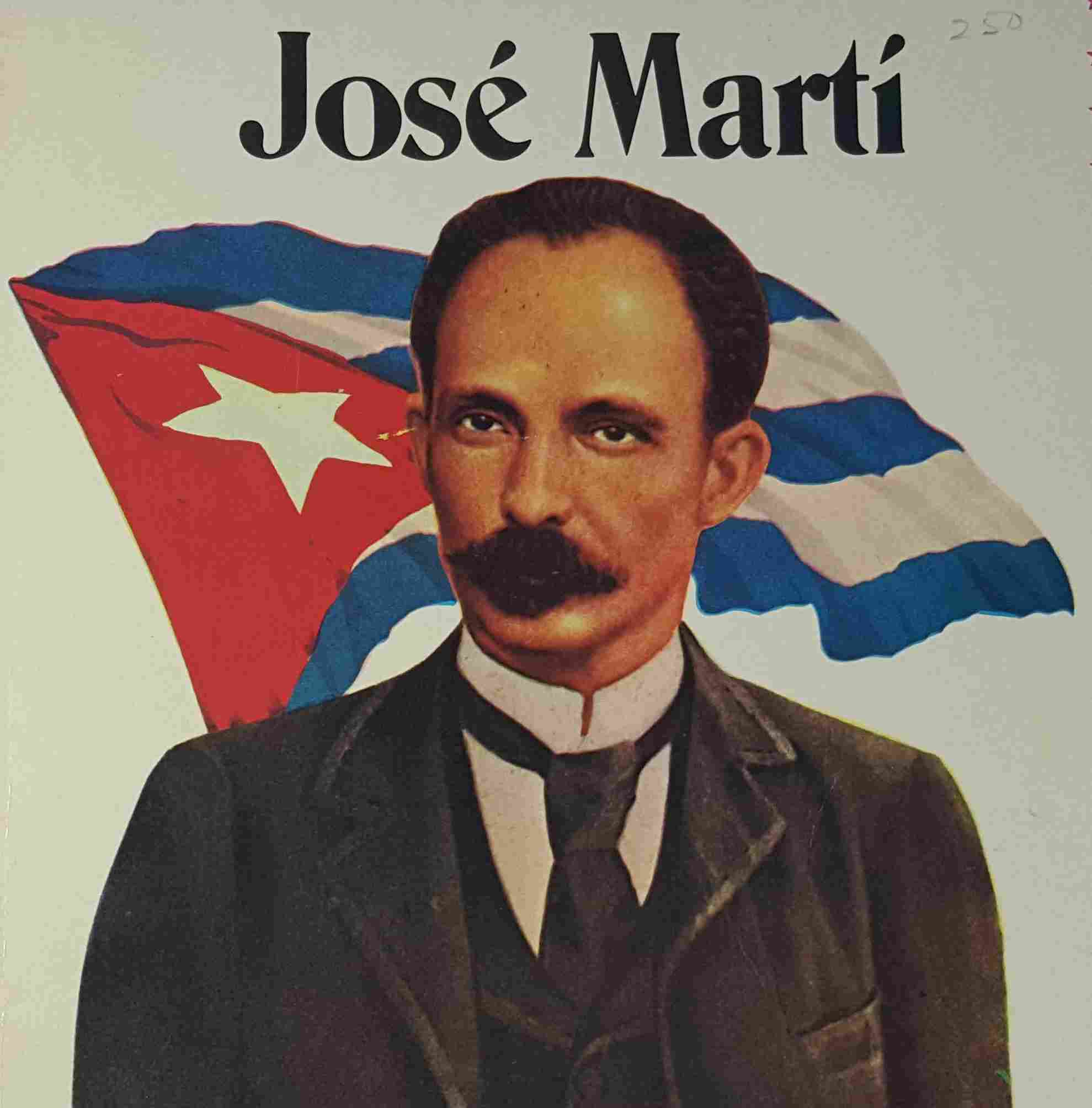
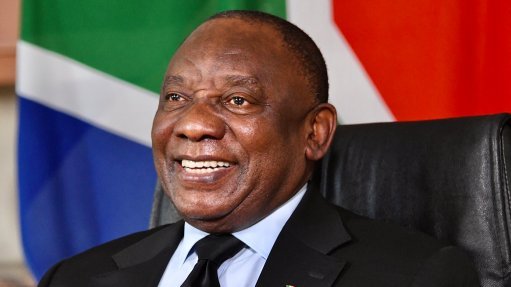
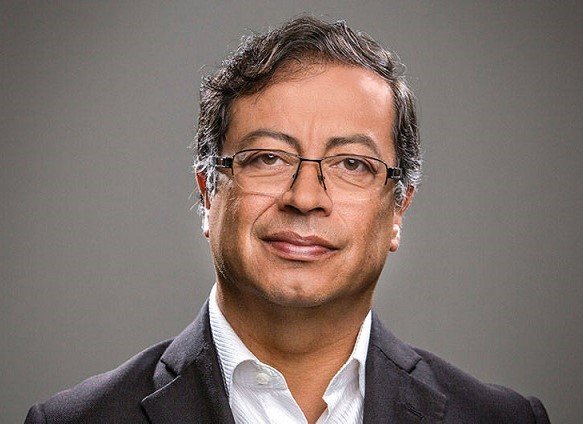
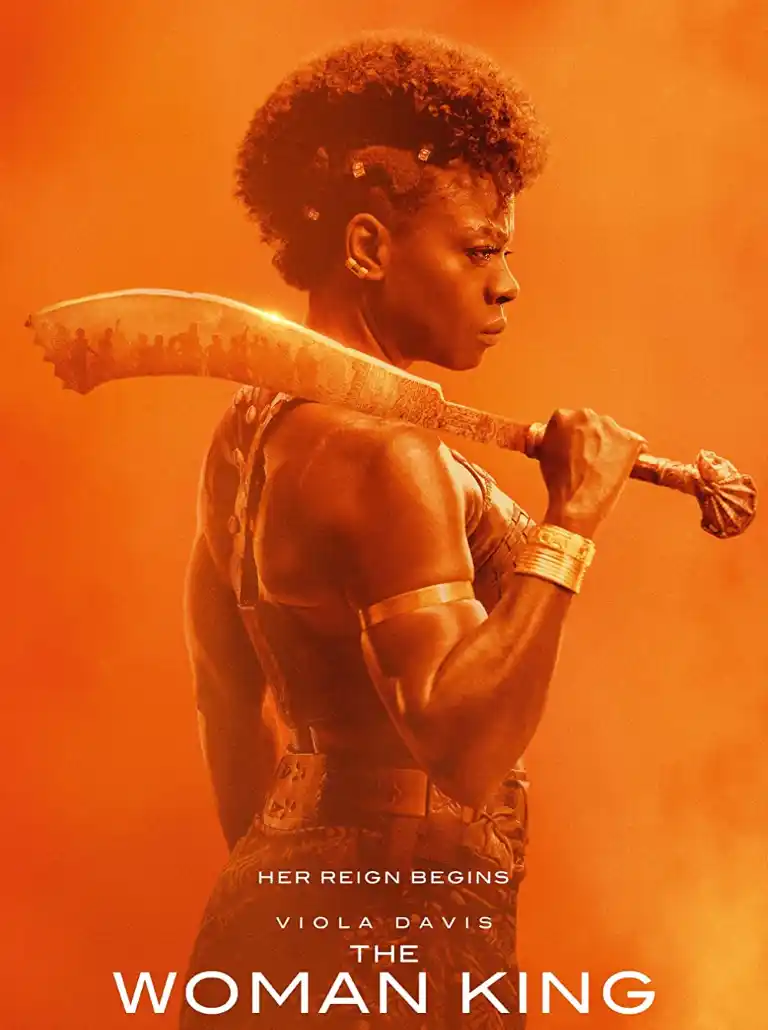
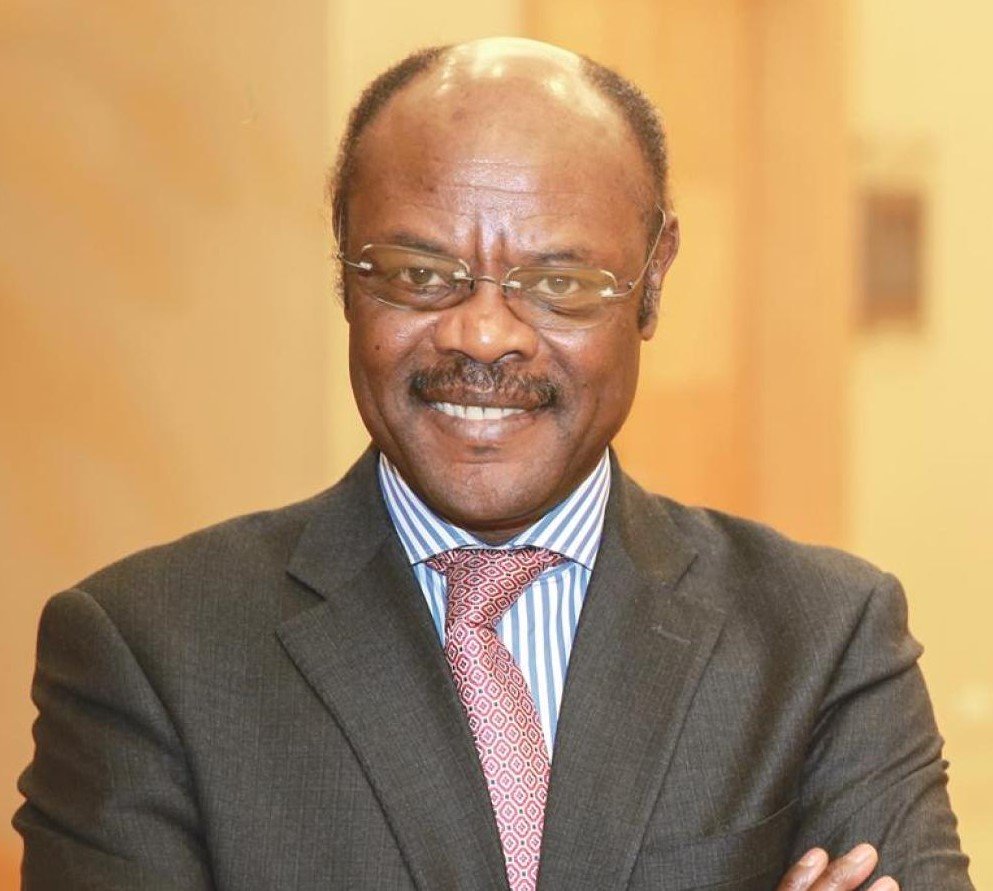
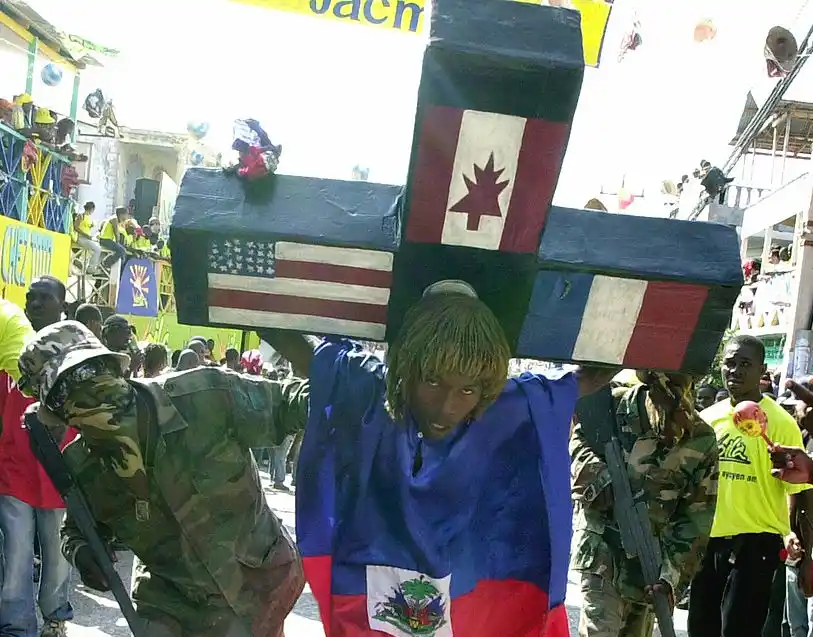
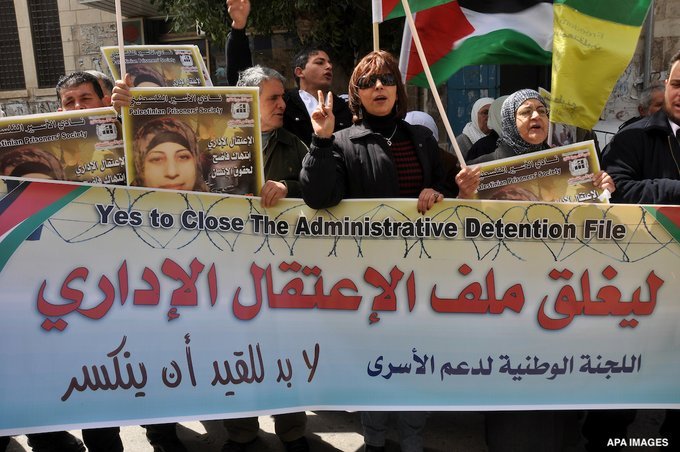
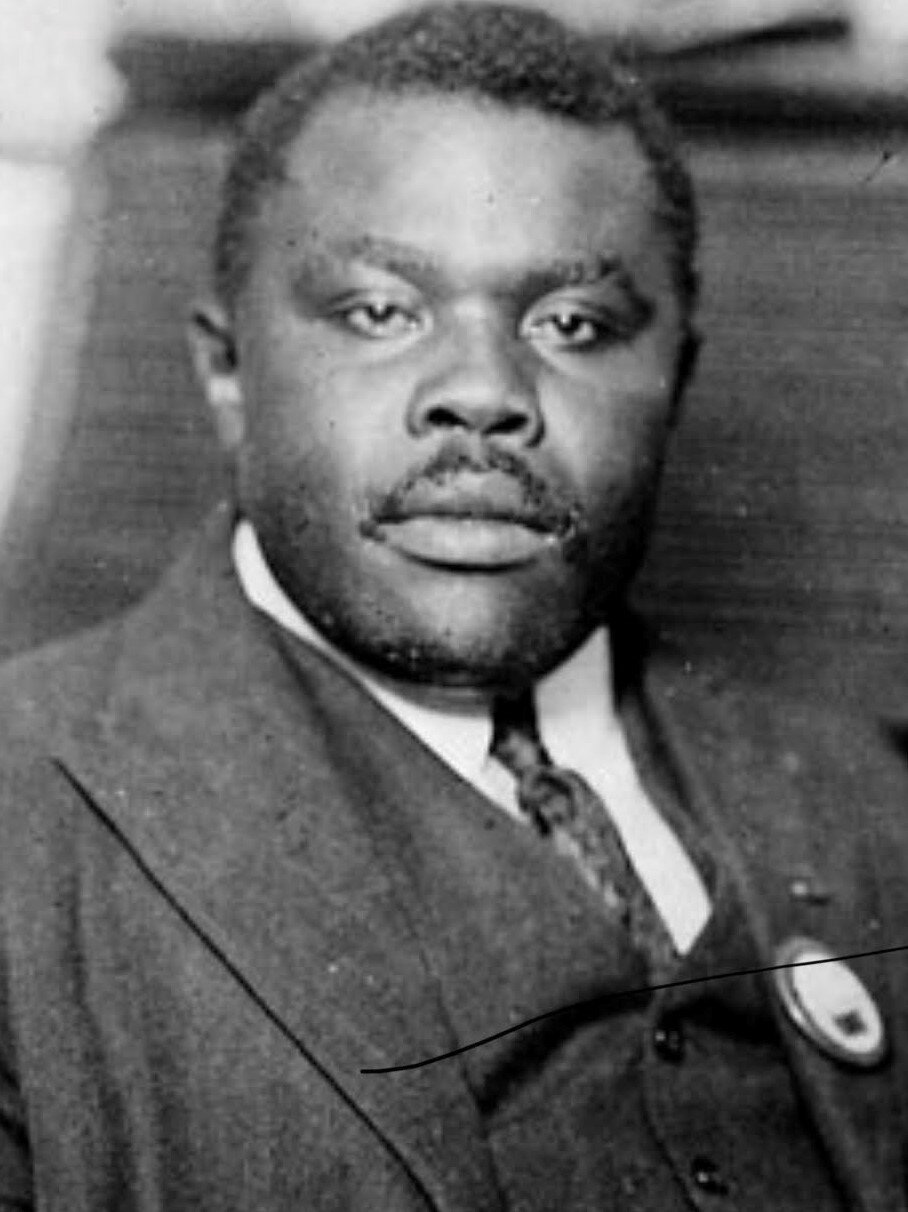

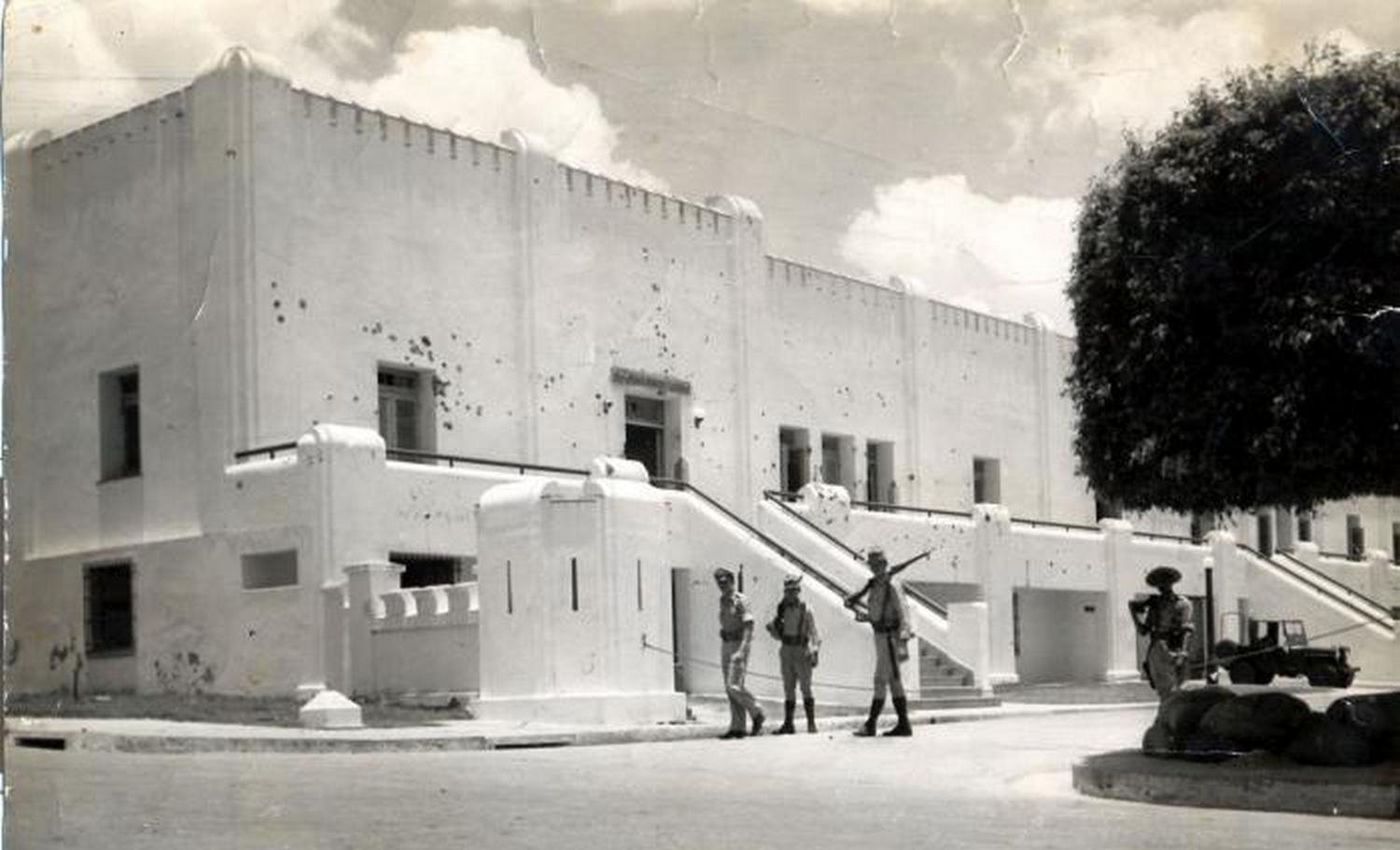
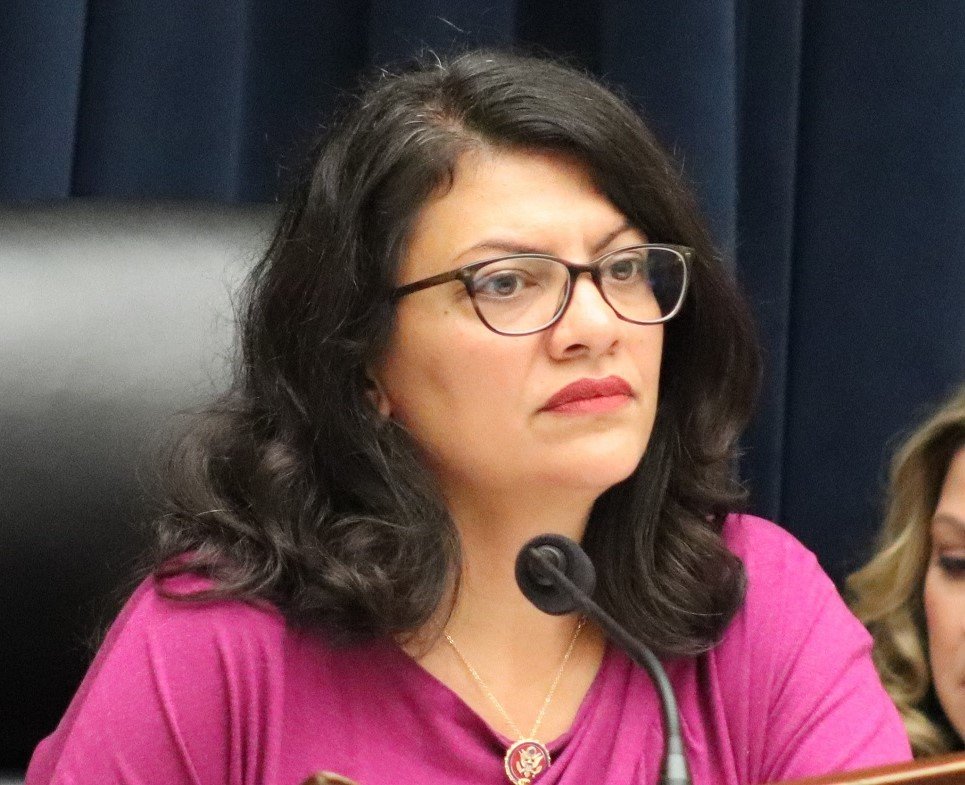
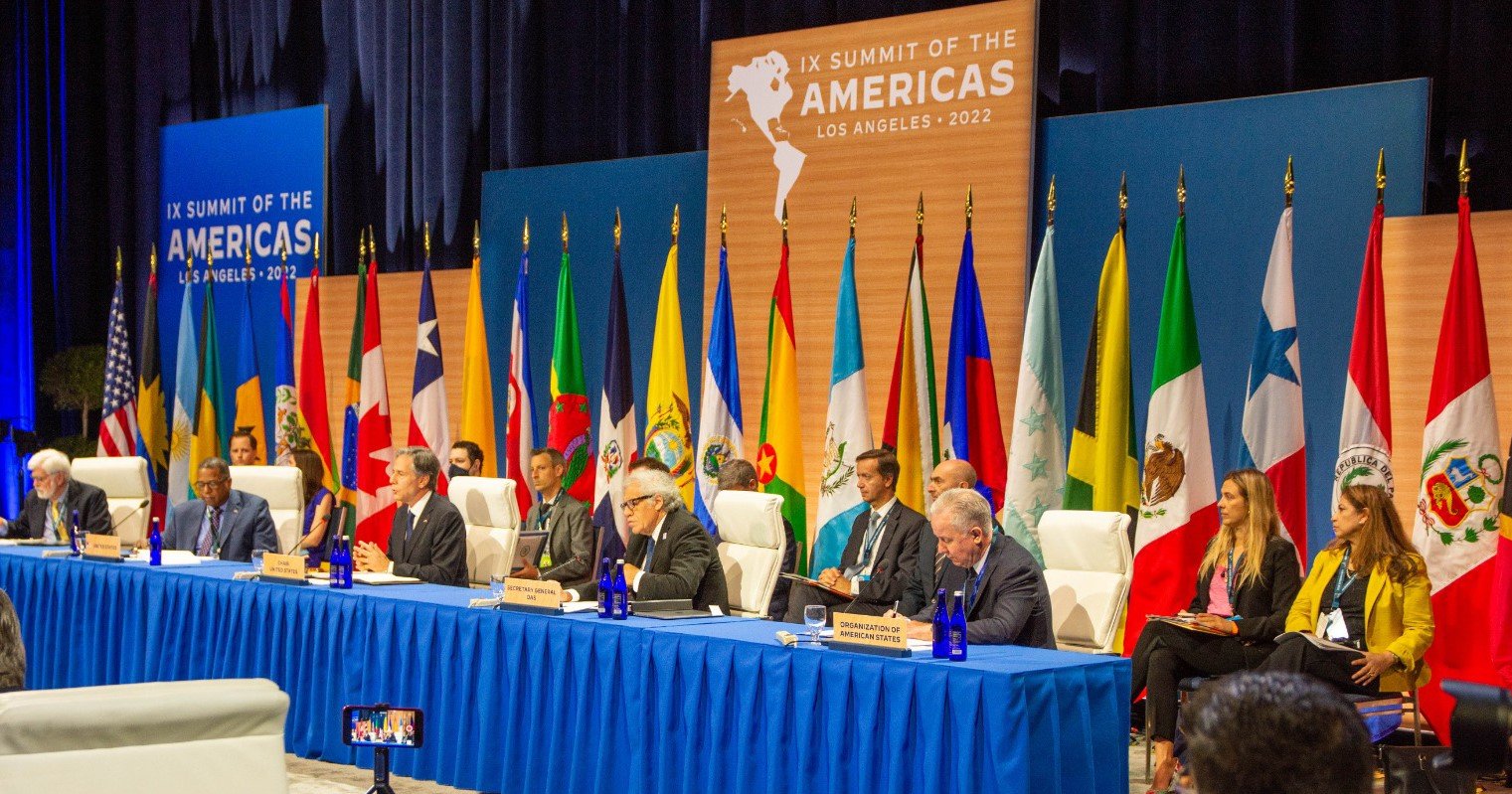
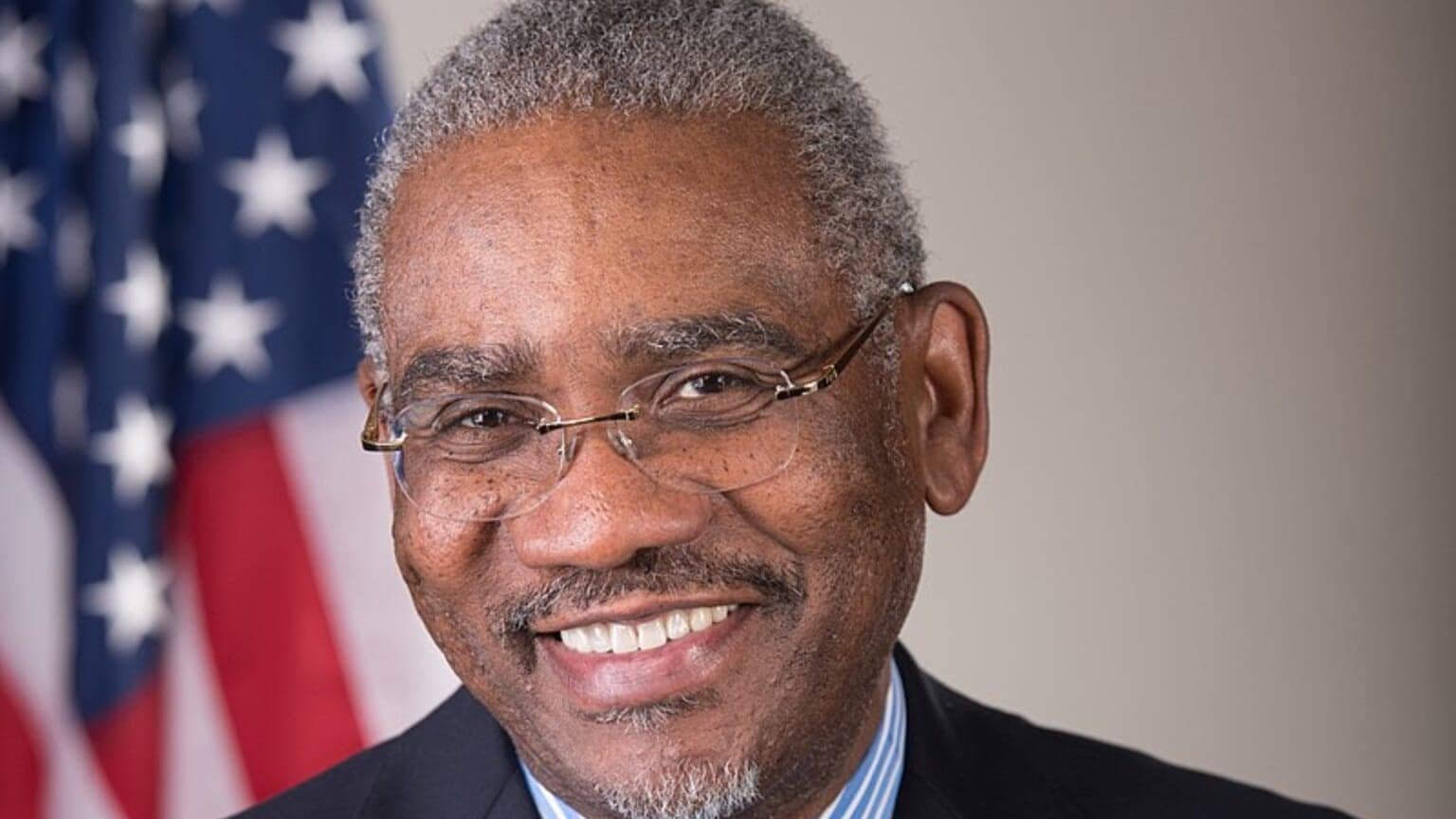
Share with your network